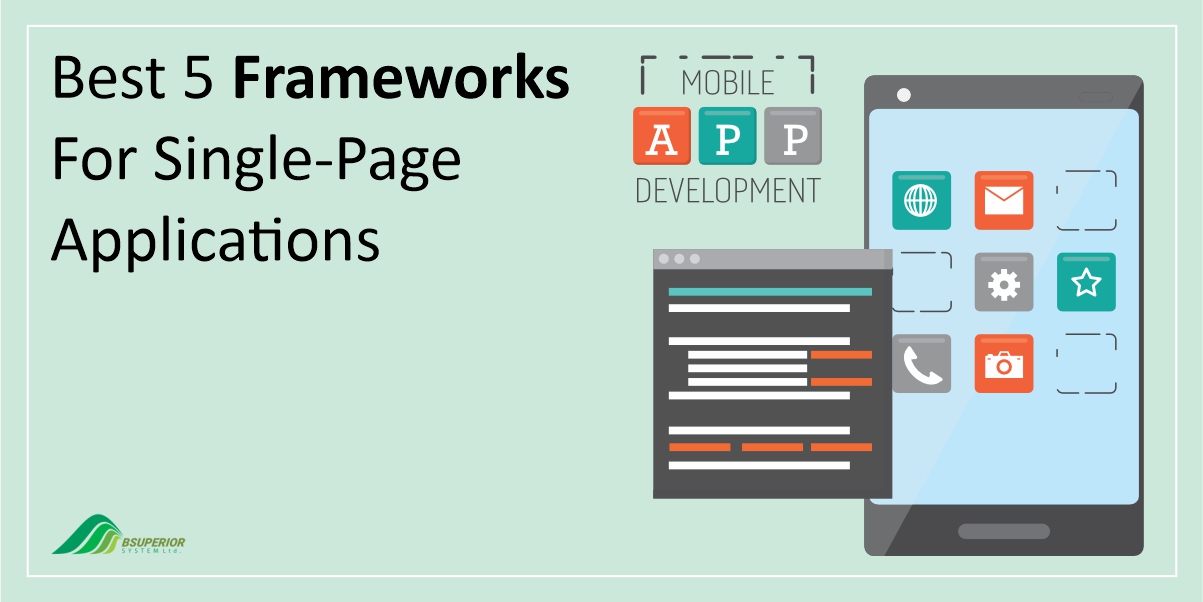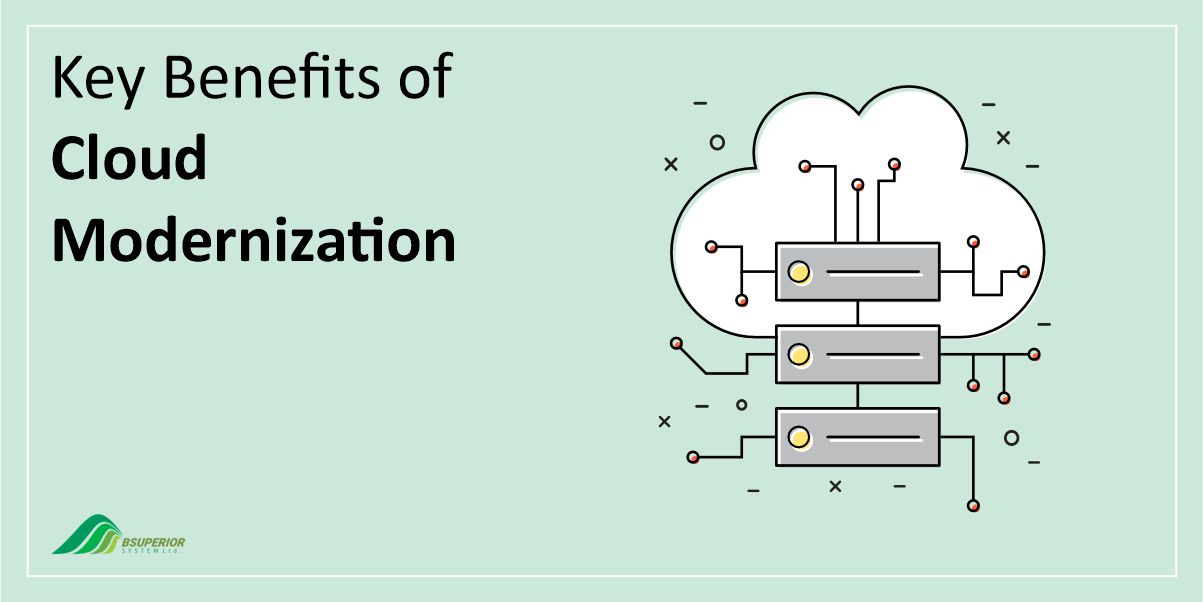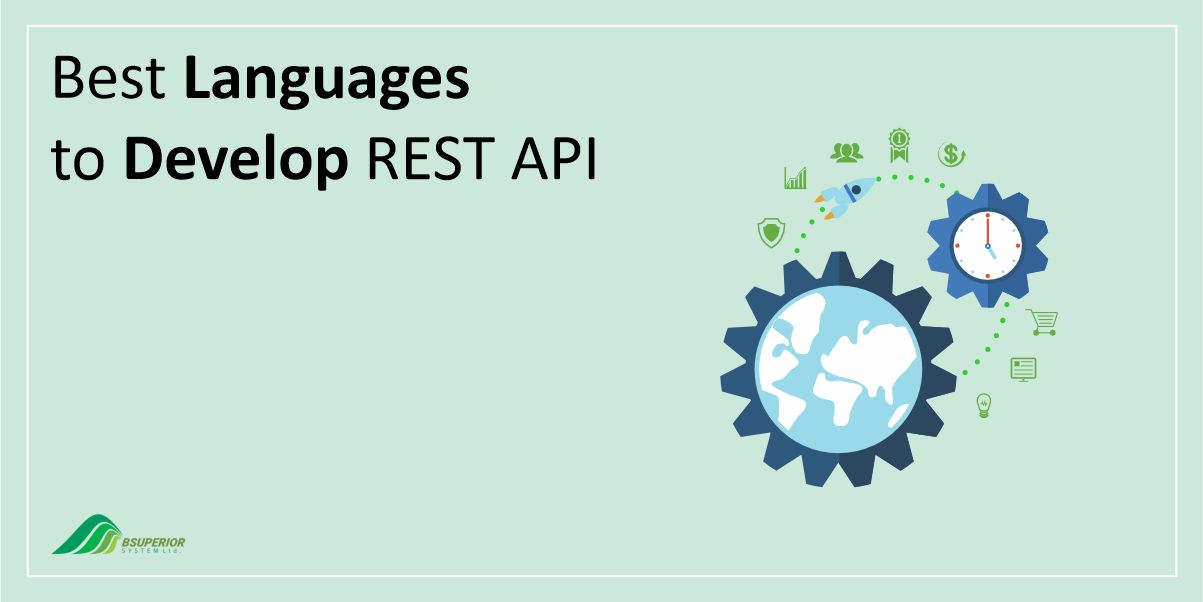Single-Page vs. Multi-Page Applications [Ultimate Comparison]
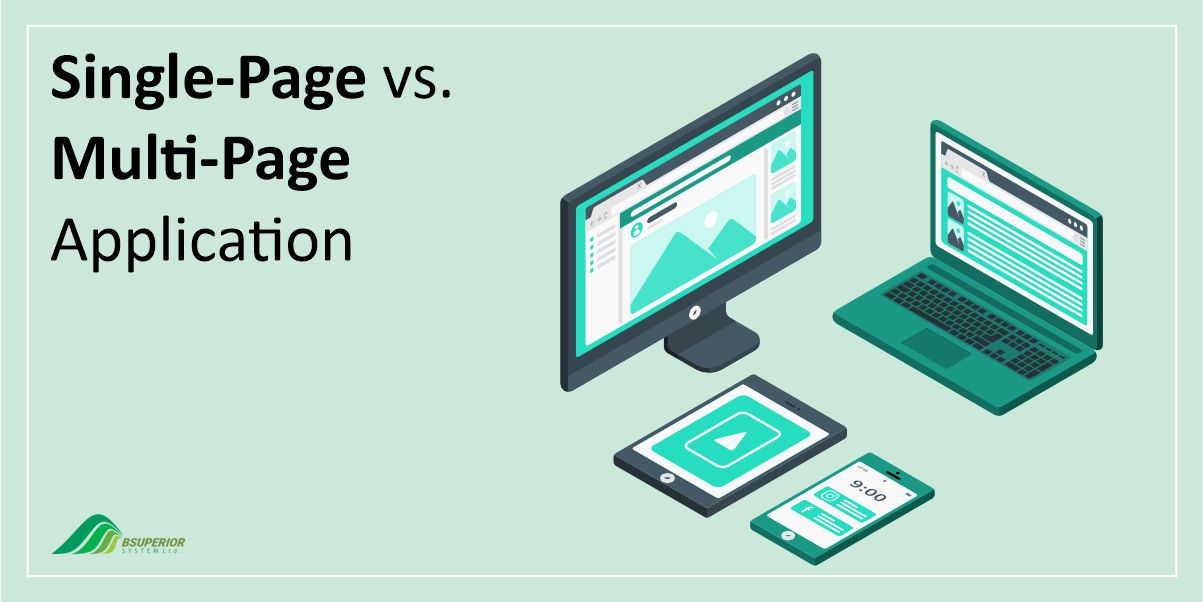
Table Of Content
When it comes to creating web apps, there are several technologies and design approaches that we have at our disposal. The technology that you pick will end up impacting not only the performance of your apps but also the user experience and their ranking on search engines.
With that being said, we will examine two common approaches, namely Singe-Page Application vs. Multi-Page Application. We will explain their differences and help you decide which one you should consider for your web application development.
What is a Single-Page Application?
A single-page application (SPA) is a web app, such as Gmail and Google Maps, that functions within a browser without the need for page refreshes. The main goal of SPAs is to provide a seamless user experience by avoiding page reloads and minimizing wait times.
They load a single web page and then use JavaScript to dynamically load additional content. SPAs fetch HTML and data separately and render pages directly in the browser, facilitated by JavaScript frameworks like AngularJS, Ember.js, Meteor.js, and Knockout.js.
This approach helps maintain a consistent user experience by presenting content in a simple and straightforward manner.
Upsides of Single-Page Applications
There are a number of important advantages to using single-page applications that make them a popular option for web developers.
1. Smooth User Experience
One of the advantages of single-page applications is that they provide a smoother user experience (UX) by reducing server load and improving performance. Since data processing occurs on the user’s device rather than the server, there will be no additional loading times when navigating between pages.
It is important to note that the speed at which a page loads and becomes interactive has a significant impact on user satisfaction and can potentially influence purchasing decisions. With that being said, SPAs will be quite beneficial in this regard.
2. Fast Loading Times
Perhaps the biggest advantage of single-page applications is their faster loading times. By loading essential components only once and updating pages dynamically, SPAs avoid the need for full-page reloads. This results in quicker page load times and a more responsive user experience.
3. Easy to Scale and Maintain
SPAs are also easier to maintain and scale. Their modular design, where components have specific functionalities, simplifies the process of modifying or replacing individual parts without affecting the entire application.
Moreover, the modular approach of SPAs leads to more efficient scaling by adding additional servers to handle increased load.
4. Decoupled Frontend and Backend
Another benefit of SPAs is that they promote a decoupled frontend and backend architecture. By using APIs for communication, SPAs allow developers to modify the frontend or backend independently.
This decoupling also fosters better collaboration between development teams that work on different parts of the application. For example, while backend developers focus on the API, frontend developers can spend their time on the user interface.
Downsides of Single-Page Applications
However, SPAs are not perfect for every situation. Below we will mention some of the disadvantages that come with using SPAs.
1. Website Traffic Metrics
One of the most obvious disadvantages of SPAs is that they can affect website traffic metrics. Due to their single-page nature, it is quite challenging to accurately measure the popularity of specific pages or content.
Tools like Google Analytics, which tracks page views, may not provide accurate data for SPAs. Therefore, to track SPA activity effectively, you need to manually configure the Google Analytics tag to monitor page views.
2. SEO-Related Challenges
Search Engine Optimization (SEO) is a particular setback for SPAs. Search engines, such as Google and Yahoo, struggled to crawl SPA websites based on Ajax interactions for a time.
This led to many SPA sites being unindexed. Although Google bots have adapted to use JavaScript for indexing SPAs, it can still negatively impact rankings.
To make matters more complicated, integrating SEO into an existing SPA is difficult and costly. Developers may need to create a separate, server-rendered website for search engines, that requires additional code and effort.
3. Security Concerns
One significant concern related to SPAs is their increased vulnerability to cross-site scripting attacks. Given that SPAs can be downloaded entirely, they are more susceptible to reverse engineering.
To deal with these risks, developers need to implement robust security measures, including server-side verification of client-side logic like authentication and input validation.
What is a Multi-Page Application?
A multi-page application (MPA) is made up of multiple web pages with static content like text and images that are linked together. When navigating from one page to another, the browser completely reloads the content of the page and downloads all resources, including repeated elements like headers and footers.
HTML and CSS are the primary technologies used for building MPAs. Given that it is considered the earliest method of web development, developers have extensive experience and solutions for creating MPAs. This approach is relatively quick and straightforward for building simple websites.
Upsides of Multi-Page Applications
Similar to SPAs, multi-page applications have several important advantages as well. These will be discussed below.
1. SEO Advantage
Generally speaking, MPAs perform better in search engine optimization (SEO). Each page in an MPA has a distinct URL which allows search engines to index them individually. This, as a result, leads to higher search engine rankings and increased website traffic.
2. Access to Analytics
Another benefit of MPAs is that they provide easier access to analytics. Regardless of the specifics of your web application, it’s important to track metrics such as website visits, page traffic distribution, and user interactions.
In this regard, traditional multi-page web apps can be easily integrated with tools like Google Analytics. This feature will be very beneficial as it helps you monitor performance as well as gain valuable insights about your audience.
3. More Customizable and Extendable
Another useful point about MPAs is their customizability and extensibility. Unlike SPAs, MPAs allow you to create an unlimited number of pages, each dedicated to a specific purpose or topic. You can also include as much information on each page as needed without compromising performance.
So if you need a comprehensive and multi-feature web application, an MPA is certainly the better choice. MPAs can also be easily customized to suit your business concept and specific needs. Moreover, you can enhance the user experience by using HTML, JavaScript, or CSS to create more interactive and user-friendly features.
4. Improved Caching
Caching is another area where MPAs perform well. Browser caching mechanisms are more effective in multi-page applications. Therefore, browsers can store and reuse HTML documents, JavaScript scripts, CSS stylesheets, and images. This results in faster website performance due to reduced server load.
Downsides of Multi-Page Applications
To help you better understand both sides of multi-page applications, we will take a look at a few disadvantages associated with the use of such applications.
1. Not Mobile Friendly
Considering their complex nature with numerous features and content spread across multiple pages, MPAs require more effort to optimize for mobile devices.
In addition, as the multi-page web application concept predates widespread mobile usage, many of its underlying principles might not be fully compatible with mobile-based interactions.
2. Limited Offline Functionality
Without an internet connection, MPAs struggle to provide a seamless user experience or essential features. This limitation is due to their reliance on server-side processing. When offline, MPAs may be unable to deliver necessary data, and thus result in incomplete or unusable pages.
3. Loading Times
Since MPAs depend on the server for each page load, they are generally slower than more modern applications. While it is possible to optimize MPAs for speed, the growing emphasis on fast loading and navigation makes this a significant drawback compared to newer technologies.
Single-Page vs. Multi-Page Application: Which One to Pick?
As highlighted above, SPAs and MPAs primarily differ in how they distribute operational logic between the server and browser. While MPAs download the entire page from the server, SPAs load resources from the browser after the initial load. Before answering the question, let’s see how these two are different.
SPA vs. MPA Differences
| Features | Single-Page Applications | Multi-Page Applications |
| User Experience | Offer a dynamic and smooth experience | Have a more traditional feel with frequent page reloads |
| Speed | Load faster initially but can be slower for navigation between pages | Have slower initial load times but faster subsequent page loads |
| SEO Optimization | Require additional effort for optimal SEO | More SEO-friendly |
| Scalability | Well-suited for handling real-time updates | May have limitations in large-scale applications |
| Security | Have specific concerns about client-side vulnerabilities | Have fewer security risks on the client side |
So, in relation to the question we asked earlier, there are a number of deciding factors, as explained below, that you must take into account.
Complexity Factor
- SPAs: Ideal for complex applications that need frequent updates and lots of user interaction. Their seamless experience, without page refreshes, is perfect for dynamic content.
- MPAs: Better suited for simpler applications with less client-side processing. Each page is independent which makes management easier for smaller applications. If your application is straightforward and does not need constant updates or interactions, an MPA might be a better fit.
Data Volume Factor
- SPAs: Mainly used for building dynamic platforms with smaller data volumes.
- MPAs: Better suited for large applications that handle significant amounts of data.
Performance Factor
- SPAs: Excellent choices for applications where performance is paramount. Their dynamic content loading eliminates the need for full-page refreshes which results in faster user interactions and reduced server load.
- MPAs: More preferable for applications that prioritize fast initial load times or rely heavily on caching. MPAs’ separate page structure allows for independent caching, which can enhance load times and reduce server load, especially for static content.
SEO Factor
- MPAs: Generally more SEO-friendly due to their individual page URLs, titles, and metadata, which make them easier for search engines to index and rank.
- SPAs: These can also be optimized for SEO, but they require additional effort and knowledge of SEO best practices like using hashbang URLs, implementing server-side rendering, and utilizing metadata tags.
If you’re willing to invest the time and resources, SPAs can still be an effective choice for SEO-driven applications.
To sum up, whether you choose between a single-page application or a multi-page application comes down to your application’s specific needs.
SPAs are better suited for highly interactive applications with real-time updates, despite their increased complexity. However, if your application is simpler and does not require extensive client-side processing, an MPA might be a more straightforward and practical option.
How We Can Help You at BSUPERIOR
To make informed decisions about your software development project, it is highly recommended that you consult with experts. We suggest that you partner with us at BSUPERIOR.
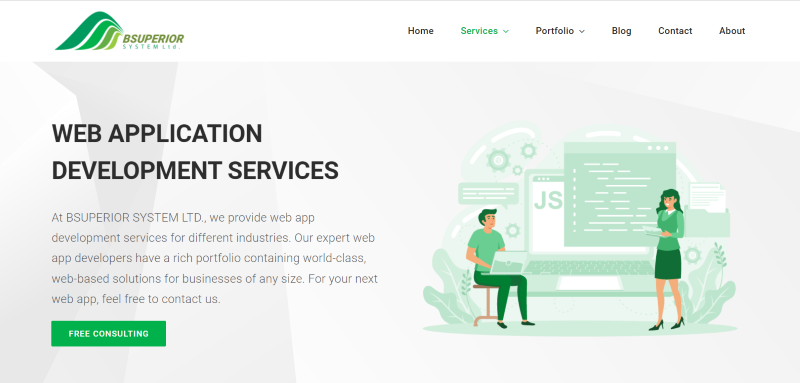
As a Canadian software development company, we specialize in creating custom-made web applications. We also offer valuable insights and guidance to help you choose the best approach.
By partnering with BSUPERIOR, you will benefit from:
- Full-Cycle Software Development: From market and business analysis to app creation and ongoing support.
- Experienced Team: Experts proficient in various web and mobile development programming languages.
- Diverse Domain Experience: Hands-on experience in healthcare, logistics, retail, e-commerce, and education.
- Great UI/UX design: Tailored to your business’s visual style and requirements.
Whether you have a clear project architecture or need guidance, contact us today to discuss your project and find the ideal technologies for your needs
We value your input and believe this content may enhance our services. However, it's under review. If you see room for improvement, please use the "Report an issue" button below. Your feedback helps us excel.
Contact us today at –– and speak with our specialist.


